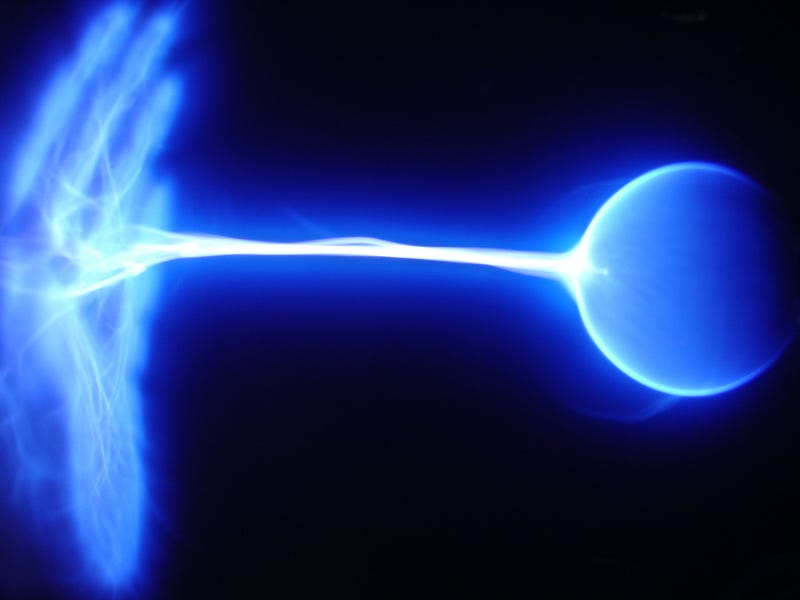Celebrate Static Electricity Day: Fun Facts and History
Written on
Chapter 1: The Origins of Static Electricity
January 9 marks not only Static Electricity Day but also Word Nerd Day, making it a day filled with both scientific and linguistic enjoyment!

The intriguing concept of static electricity dates back to around 600 BCE with Thales of Miletus, one of the renowned Seven Sages of Ancient Greece. He is also credited with the famous phrase “Know thyself,” famously inscribed at the temple of Apollo in Delphi.
Thales stumbled upon static electricity while polishing amber, noticing that dust particles were attracted to it when rubbed. This ancient discovery hints at a possible connection to the offerings made to the sun god Apollo, as amber was often gifted to him.
Fast forward to 1752, and we find Benjamin Franklin conducting his famous kite experiment during a thunderstorm. Contrary to popular belief, Franklin did not discover electricity; instead, he aimed to demonstrate the link between lightning and electrical phenomena. By attaching a wire to a silk kite, he aimed to draw static electricity from the storm. A hemp string, moistened to conduct electricity, was tied to a dry silk string that he held, ensuring safety. A key was strategically placed between the two strings.
When Franklin observed the strands of the hemp string standing up—similar to his indoor experiments—he reached toward the key and experienced a small spark. Touching the key with his knuckle resulted in a mild shock, confirming his experiment's success. Contrary to myth, lightning didn’t strike his kite; it merely collected static electricity from the storm.
Static electricity is the result of an imbalance of electrical charges. For instance, rubbing a balloon on your hair creates a negative charge on the balloon, allowing it to stick to a wall, while your hair becomes positively charged and stands on end. This phenomenon is termed contact-induced charge separation, or the triboelectric effect—perhaps a fitting name for a future band!
When you shuffle your feet on a carpet, you accumulate a static charge, enabling you to surprise someone with a touch, known as an electrostatic discharge or static shock.
National Static Electricity Day was established in 1938 by physicist Joseph Littinger to promote awareness of its practical applications. While the specific uses during his time remain unclear, today static electricity plays a crucial role in air filtration systems and pollution control, helping capture dust and particles from the atmosphere. It’s also integral to microchip production.
While I initially hoped that the plasma ball operated on static electricity, it actually derives its spectacular displays from current electricity, which is transmitted through a conductor.
An interesting curiosity: do those mint candies that spark in your mouth release static electricity? Lifesavers Wint-O-Green mints indeed produce light when bitten, a phenomenon known as triboluminescence, which resembles the electrical charge buildup seen in lightning.
So, if you're eager to experiment with electricity, you don’t need to brave a storm; you can simply enjoy a delightful treat!
Section 1.1: Discovering Static Electricity
The first video titled "National Static Electricity Day! January 9th 2024" provides an engaging overview of the significance of static electricity and its applications.
Section 1.2: Celebrating the Day
In the second video, "NATIONAL STATIC ELECTRICITY DAY | January 9th - National Day Calendar," you can learn more about the origins and celebrations associated with this unique day.